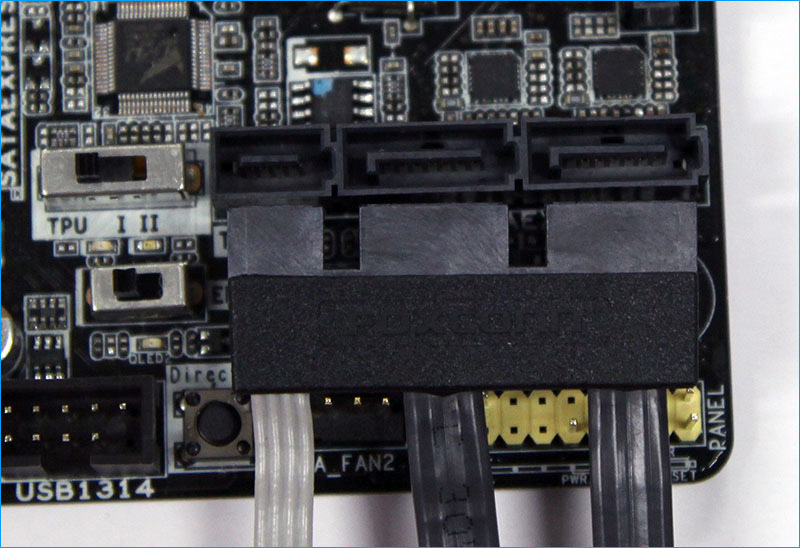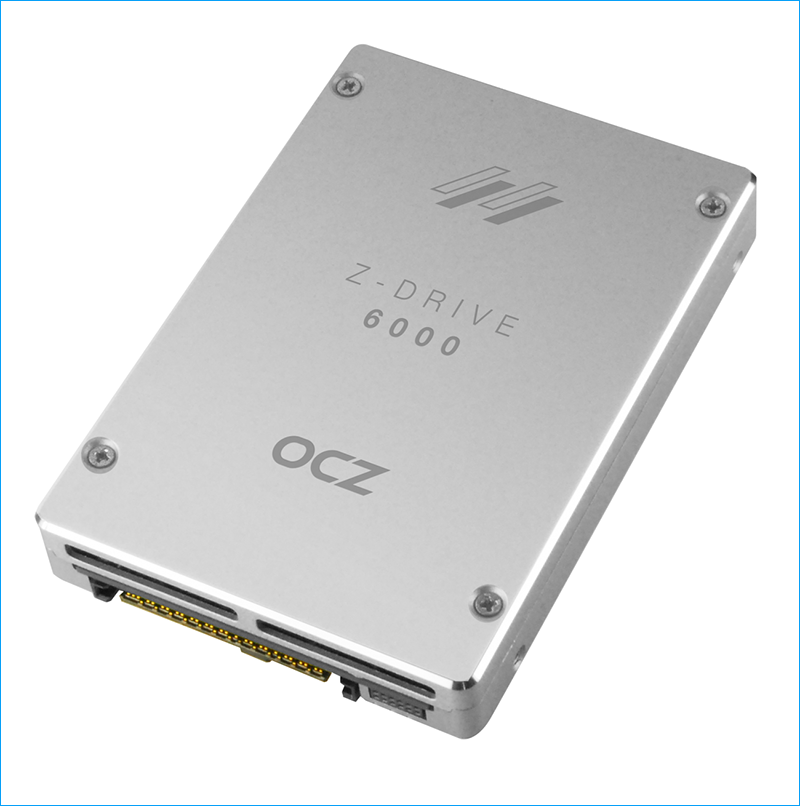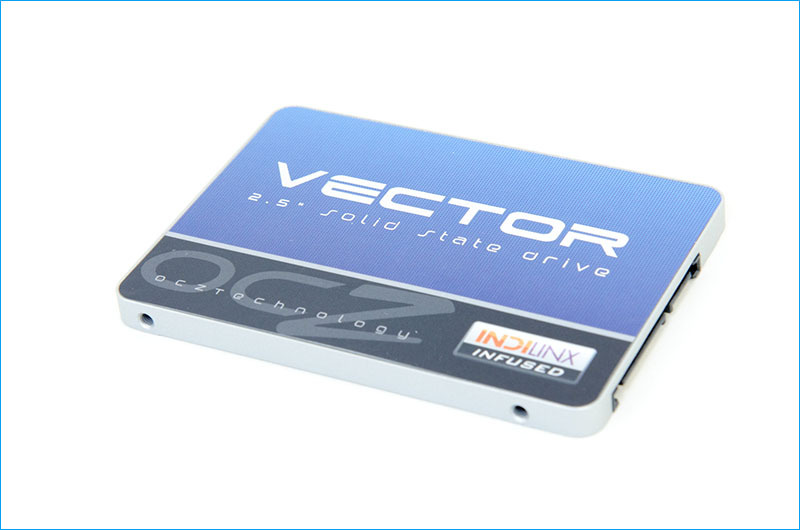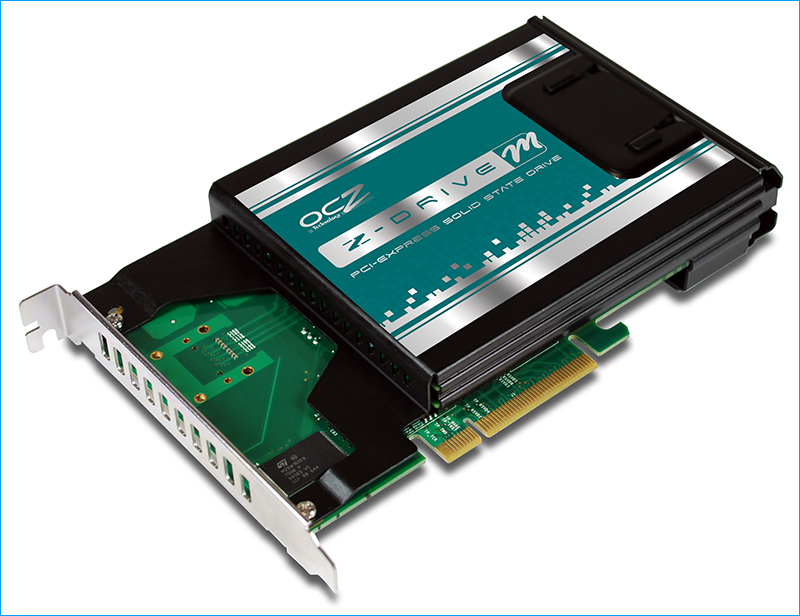SSD SATA vs. SSD PCI-E | Part One: Theoretical
In any device there is always a weak link - a bottle neck (bottleneck), the weakest component that will limit the performance of the remaining parts. For a long time in desktop computers the main “brakes of reorganization” were hard disks, and neither 7200, nor 10000, nor even 15000 revolutions per minute did not change the situation radically. With the advent of solid-state drives, things have shifted from the dead point. But progress does not spare and this is a quick decision. The SATA interface is not capable of satisfying user requests, so new standards and interfaces began to appear.

There are two new ways to develop SSD with a PCI-E interface: SATA Express and NVMe - you should talk about them separately, and you don’t often see them on sale. Therefore, for now let's try to deal with conventional, available in retail drives with interfaces PCI Express and SATA 6 Gb / s.

')

Let's start with the pros and cons of both interfaces:

A quick reference from Wikipedia about this interface. The most common way to connect a solid-state drive.

Again, I will give a reference to Wikipedia - there are many and detailed about different generations of this interface. Fast, cool, versatile, expensive.
Having worked a bit as a captain of Evidence, I would like to consider directly the scenarios that users lose in their heads, choosing for themselves a solid-state SSD drive.
When working on the SATA interface, consumer SSDs achieve a performance level of 100,000 IOPS, while top PCI-E drives are capable of withstanding a load of 1,000,000 IOPS. At the same time, as a rule, they are designed to work with the interface PCI-E 2.0, which means the transition to PCI-E 3.0 will give a significant performance increase in the future.
What can be said in the end. For retail customers and gamers, you can and should choose among SATA disks. Most office users will be happy if fast and silent drives live in their workstations, but 90 percent of them never even think about what kind of interface the drive has and if they are different at all. Gamers will have to be more difficult, the choice is big, it is difficult to get confused, often the manufacturer unfairly overstates the read and write performance. Follow our blog and we will tell you what testing methodology is actually correct.
For the corporate market and people working with multimedia content - drives with PCI-Express interface are highly recommended. Processing huge raster images or working with 4K video with GoPro Hero4 - all this will require high performance storage system. If your main task is to produce content, feel free to choose PCI-Express drives. The enterprise segment has almost passed on to NVMe controllers - there will be a separate post about such SSDs - they deserve a lot of attention.
Theoretical layouts must be checked in practice. Therefore, the next post will be about a practical comparison of a PCI-E SSD drive and a SATA SSD (including in RAID 0 mode).
Happy New Year!

There are two new ways to develop SSD with a PCI-E interface: SATA Express and NVMe - you should talk about them separately, and you don’t often see them on sale. Therefore, for now let's try to deal with conventional, available in retail drives with interfaces PCI Express and SATA 6 Gb / s.

')

Let's start with the pros and cons of both interfaces:
SATA drives

A quick reference from Wikipedia about this interface. The most common way to connect a solid-state drive.
Advantages:
- Market Availability
- A large number of manufacturers
- Ability to connect to any modern motherboard
- Affordable price
- Available in sizes from 64 GB to 1 TB
Disadvantages:
- The data transfer speed limit - interface limit - 600 MB / s per channel.
- The need to work with AHCI controllers, which were developed for classic hard drives
PCI Express

Again, I will give a reference to Wikipedia - there are many and detailed about different generations of this interface. Fast, cool, versatile, expensive.
Advantages:
- High data transfer rate - bandwidth of one line of revision 3.0 bus - 1 GB / s
Disadvantages:
- High price in the market
- A small range of brands and models
- Some models are characterized by a drop in performance over time (idle or not configured TRIM )
Having worked a bit as a captain of Evidence, I would like to consider directly the scenarios that users lose in their heads, choosing for themselves a solid-state SSD drive.
Consumer scenarios
- Regular users
Frankly, most users will not care which interface has an SSD disk, moreover, few people truly feel the difference between SATA 3 Gb / s and SATA 6 Gb / s. When using only web browsers, e-mail, basic office programs, the user will not see the difference and will be happy just with the presence of an SSD disk in the system, since the programs will load obviously faster than on the HDD. - Advanced Users
working with multimedia materials, often looking for ways to increase the performance of the disk system. A simple example: the 4K video segment began to grow wildly. Uncompressed 4K stream (3840x2160, 12 bits, 24 frames per second) will require a bandwidth of about 900 MB / s. And even if you are working with compressed streams, then with simultaneous processing of several, you will definitely run into the SATA 6 Gb / s ceiling. RAID 0 will save the situation, but most likely at peak when building RAID 0 on 4 drives it will be about 1.6 GB / s. PCI Express offers a solution to the problem: each PCI-Express line has a bandwidth of up to 1.0 GB / s (that is, 1.6 times more than SATA) with almost the same power consumption - of course, it is a sin not to use such features. And let the price of PCI Express SSDs be higher, fans of working with high-resolution video are simply obliged to look exactly at such a standard. - Gamers
For real hardcore (and for me so simple impatient people), of course, need PCI Express. Huge in size TitanFall or CoD: Ghosts will be loaded for a long time, I am silent about flight simulators, the “weight” of which reaches hundreds of gigabytes. For ordinary people who love Diablo III and other Bioshock Infinite, a top SSD of 6 Gb / s will be quite enough. - Enterprise clients
Customer expectations in this area are significantly higher than just a quick download or video file processing. The larger the server, the more calls are made to it from users and IOPS comes to the fore. For the above categories of people, the usual queue to the controller is 3-5 requests, in the enterprise everything is measured in hundreds. SSDs perform well when you need to show high performance for a long time, and if you need a few hundred classic drives, then a high-performance SSD can handle it alone.
When working on the SATA interface, consumer SSDs achieve a performance level of 100,000 IOPS, while top PCI-E drives are capable of withstanding a load of 1,000,000 IOPS. At the same time, as a rule, they are designed to work with the interface PCI-E 2.0, which means the transition to PCI-E 3.0 will give a significant performance increase in the future.
Instead of output
What can be said in the end. For retail customers and gamers, you can and should choose among SATA disks. Most office users will be happy if fast and silent drives live in their workstations, but 90 percent of them never even think about what kind of interface the drive has and if they are different at all. Gamers will have to be more difficult, the choice is big, it is difficult to get confused, often the manufacturer unfairly overstates the read and write performance. Follow our blog and we will tell you what testing methodology is actually correct.
For the corporate market and people working with multimedia content - drives with PCI-Express interface are highly recommended. Processing huge raster images or working with 4K video with GoPro Hero4 - all this will require high performance storage system. If your main task is to produce content, feel free to choose PCI-Express drives. The enterprise segment has almost passed on to NVMe controllers - there will be a separate post about such SSDs - they deserve a lot of attention.
Theoretical layouts must be checked in practice. Therefore, the next post will be about a practical comparison of a PCI-E SSD drive and a SATA SSD (including in RAID 0 mode).
Happy New Year!
Source: https://habr.com/ru/post/364911/
All Articles